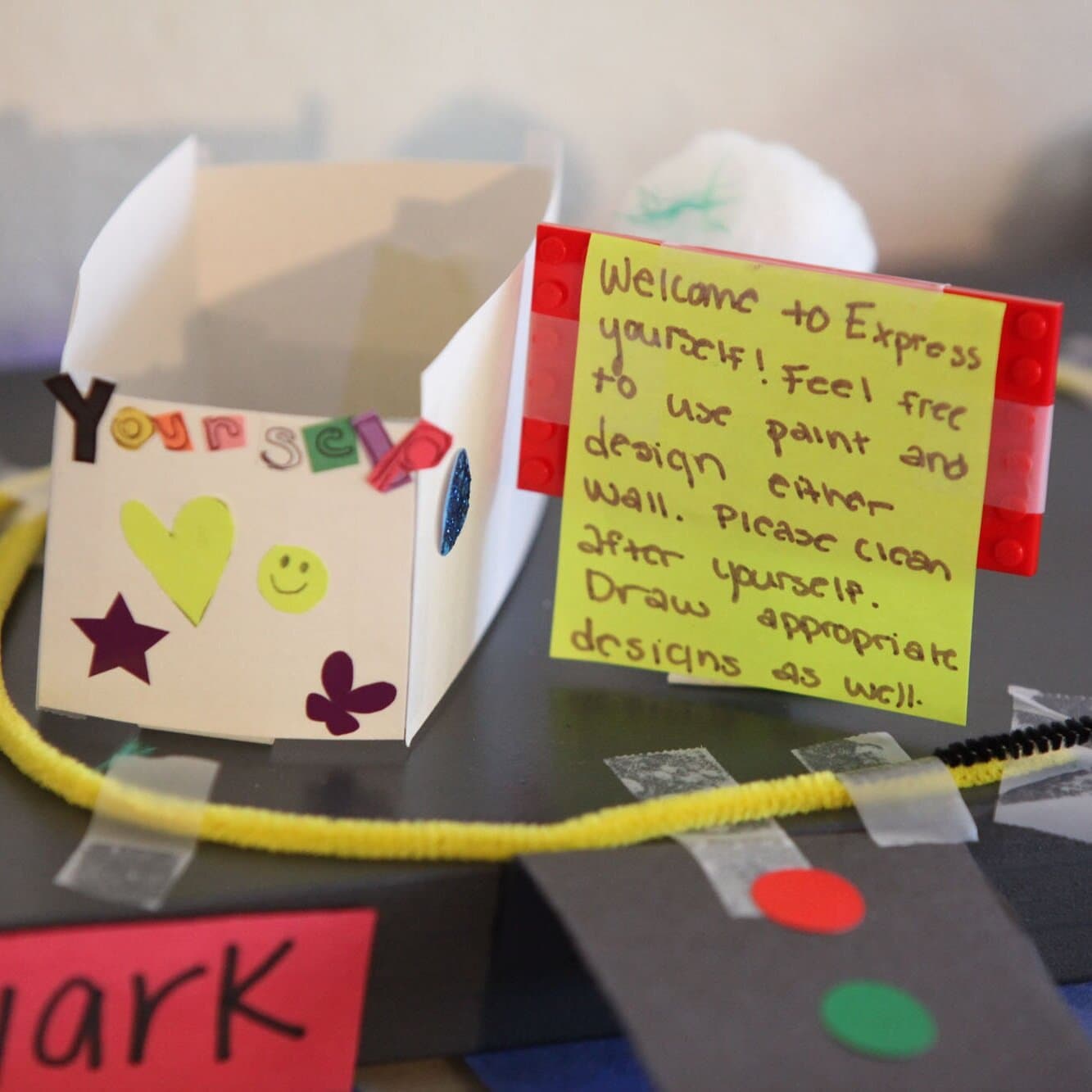Government
The COVID-19 crisis has upended many annual events and programs; many have been canceled, a few have postponed until the next year. However, there are still many that are adapting to the times and moving their events to virtual venues. The process has not been easy, but the results can break new ground in how we approach the crisis. Schools That Can is an example of how organizations have changed how they approach their core events.Schools That Can partners with schools to deliver engaging Education to Employment content that connects teachers and students to the world of work. Their programs provide schools with historically marginalized students with the capacity to prepare them for careers or college, and all of their programming builds direct connections between students and volunteers from a variety of professional fields. Every year for the past four years, Schools That Can has held its Design Challenge which brings together middle schoolers, teachers, corporate executives, and community leaders to engage in a real-world design experience, that is, transforming urban public school buildings into smart, green, and efficient structures. The project is a collaboration with the Panasonic Foundation and allows students to research the current functionalities of their school buildings and create a concept and design plan for a smart, green school using renewable energy. This year, the Design Challenge has been moved online. The program’s Executive Director for Newark, Erin Sweeney, will explain how Schools That Can has met this change and what it means for the event.Guest:Erin Sweeney—Erin Sweeney is the Executive Director of Schools That Can for Newark. She has worked as Director of Strategic Initiatives for STC Newark school, St. Benedict’s Prep, and is an alumna of Leadership Newark and Emerge NJ. She earned her Masters in American Studies focused on Newark and migration at Rutgers-Newark, Masters in Public Policy & Urban Planning from Harvard Kennedy School, and Bachelors in Public Policy from University of Chicago. She can’t seem to get enough school, so Erin is studying part-time for her J.D. at Rutgers Law, where she wants to dig into legal issues plaguing families in her community.Background & Articles: Schools That Can official website: hereArticle on the Design Challenge: hereGretchen McCulloch website (on language and generational differences): hereQuote: “At that moment, Karl seemed to hear some sound, sense danger; he glanced over his shoulder, began to pedal furiously, bending low over the handlebars. There was still the lonely sentry on the bridge, and he had turned and was watching Karl. Then, totally unexpected, the searchlights went on, white and brilliant, catching Karl and holding him in their beam like a rabbit in the headlights of a car. There came the see-saw wail of a siren, the sound of orders wildly shouted. In front of Leamas the two policemen dropped to their knees, peering through the sandbagged slits, deftly flicking the rapid load on their automatic rifles.---The East German sentry fired, quite carefully, away from them, into his own sector. The first shot seemed to thrust Karl forward, the second to pull him back. Somehow he was still moving, still on the bicycle, passing the sentry, and the sentry was still shooting at him. Then he sagged, rolled to the ground, and they heard quite clearly the clatter of the bike as it fell. Leamas hoped to God he was dead.”—The Spy Who Came in from the Cold, John Le Carre.

